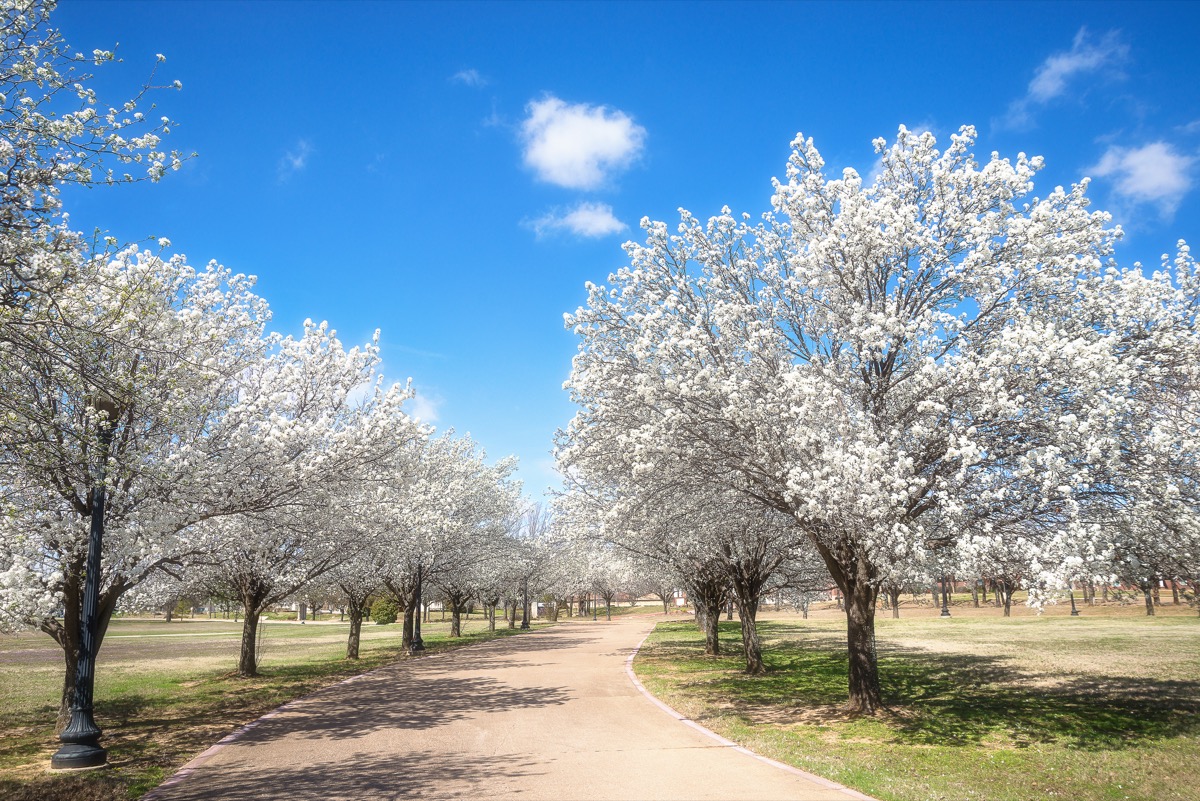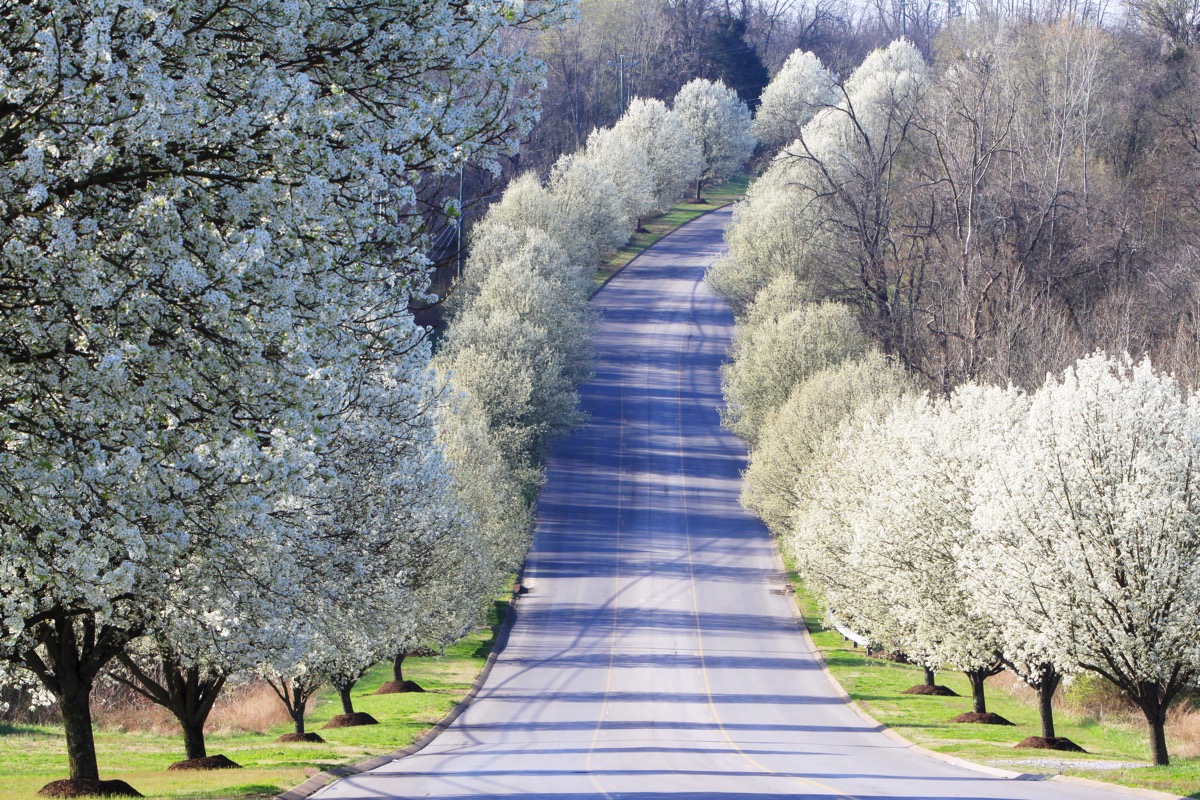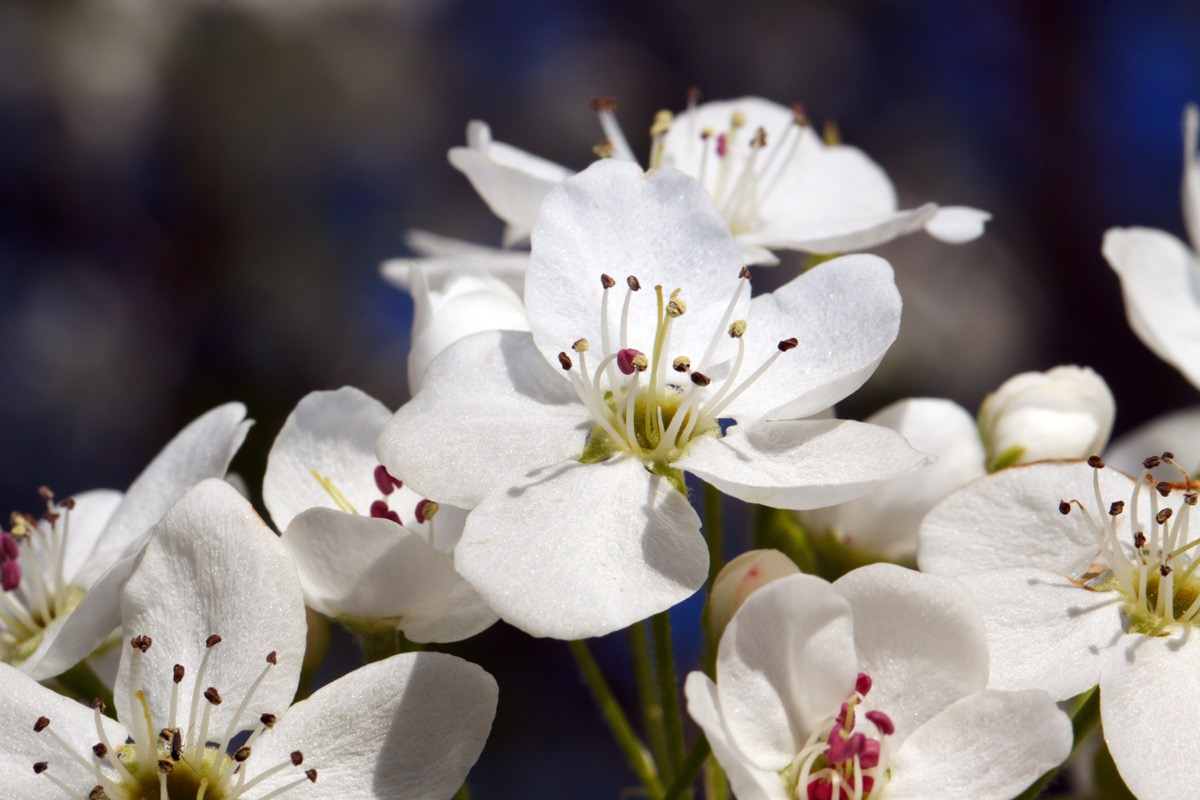The One Thing You Shouldn’t Plant This Spring, Local Officials Warn

Outdoor activities have been one of the only things that have remained a constant in the past year. As much as we’ve had to upend almost every aspect of our day-to-day lives, going for a walk around the neighborhood or doing some work in the yard remained much-needed ways to relieve stress. Gardening in particular has been proven to do your body good. A 2017 meta-analysis published in the journal Preventative Medicine Reports found that gardening leads to “reductions in depression and anxiety symptoms, stress, mood disturbance, and BMI, as well as increases in quality of life, sense of community, physical activity levels, and cognitive function.” But not everything you plant is beneficial to you and the world around you. Recently, officials in states across the U.S., from the Mid-Atlantic to the Midwest, have been warning people not to plant one thing this spring. Read on to find out what it is, and for more warnings you should be aware of, check out If You See This in Your Yard, Prepare for a Bug Invasion, USDA Says.
Local officials are urging you not to plant Callery pear trees, specifically Bradford pear trees.

Local officials are warning people across some areas of the U.S. to avoid planting Callery pear trees, specifically one species: the Bradford pear, which is native of China, Taiwan, Japan, and Vietnam. These trees are easy to grow, admired for their beautiful leaves, and a staple of spring. But Morton Arboretum in Lisle, Illinois warns that Bradford pear trees “spread aggressively” and invade other species, according to Chicago NBC affiliate WTCR. The Fort Wayne Parks and Recreation Department in Indiana has urged residents in the Midwest to refrain from planting these trees, the NBC outlet reports.
But other areas are also issuing similar warnings. According to Mark Sutphin, a horticulturist who works with Virginia Cooperative Extension’s Frederick County office, said the Bradford pear tree was “once promoted in the ’60s and ’70s.” But Sutphin told the Northern Virginia Daily that they’re “truly a disaster now in the ecosystem and should be removed if possible if you have them.” Planting these types of plants can displace native species and be problematic for landowners because their seeds spread almost effortlessly.
And for more up-to-date tips for your home delivered straight to your inbox, sign up for our daily newsletter.
The trees have an unpleasant odor and can attract bugs.

Bradford pear trees have a distinct and not-enjoyable smell, which Sutphin described as “repulsive,” noting they give off “sort of a fish” aroma. They also draw in flies and other insects.
In addition to the “foul-smelling flowers,” Ann Koenig, a community forester with the Missouri Department of Conservation, told the St. Louis Post Dispatch that Callery pear trees “are spreading throughout fields and forests, causing problems in our more natural areas.”
And for more news you need to know before doing your yard work, check out If You’re Using This in Your Yard, the CPSC Says Stop Immediately.
And their seeds are mildly poisonous to humans.

Bradford pear trees’ seeds are also mildly poisonous to humans, according to the University of California, Davis, because they cause a cyanide build-up in the body. If too much of the seeds are consumed, a mild fever and stomachache could arise. However, the fruits Bradford pear trees produce can be ingested when used to create wine—they just shouldn’t be eaten raw.
The fruit of Bradford pear trees is also “eaten and disseminated by birds, which results in very thorny thickets of wild pear trees,” according to Home and Garden Information Center at Clemson University in South Carolina. The experts note the plants have thorns up to two inches long that can be harmful.
Experts are urging people to plant native plants instead.

Jessie Ballard, of the Missouri Department of Conservation, also spoke with the Post Dispatch about the Bradford pear tree, which made its way into the U.S. in the early 1900s. She urges people to plant trees native to their land. “If you have Bradford pears, we encourage people to get rid of them and plant something that would be a Missouri native, like dogwoods,” she says.
Derek Veit, who works in forestry operations, also told WPTA, an Indiana ABC affiliate, that native species are always your best bet. “They’re well-adapted for our soils, and you won’t have to worry about this invasiveness,” he explained. “Our native species offer seeds and fruits that our native wildlife also enjoy. So planting native trees also encourages native animals.”
You can use the National Wildlife Foundation’s Native Plant Finder to find out what’s native to your region.
And for more warnings that could affect you, beware that If You Live Here, Prepare for a Major Bug Infestation, Expert Warns.